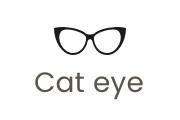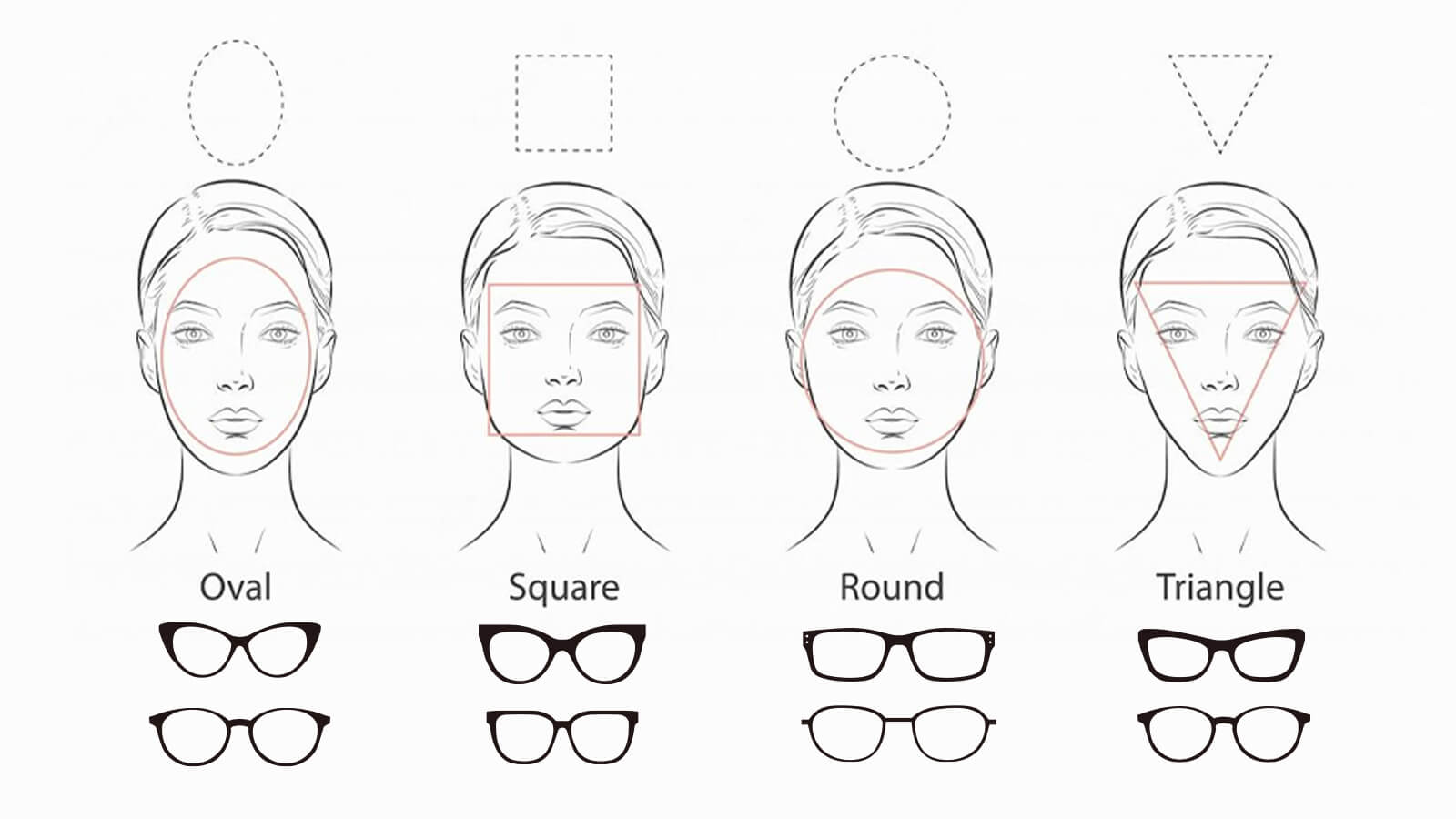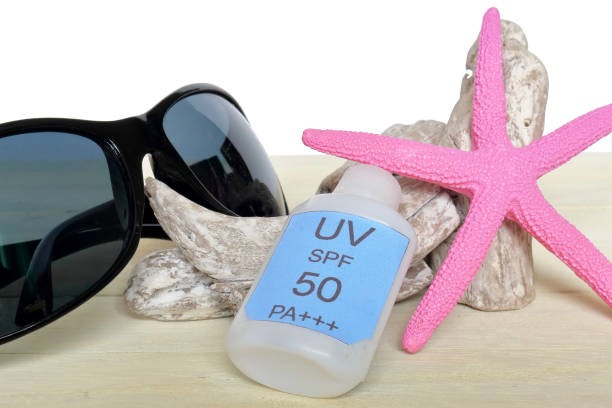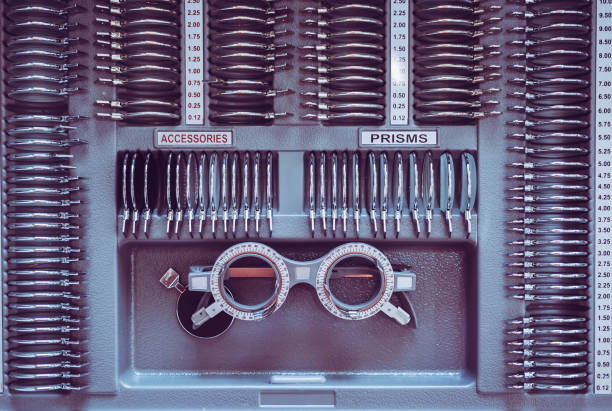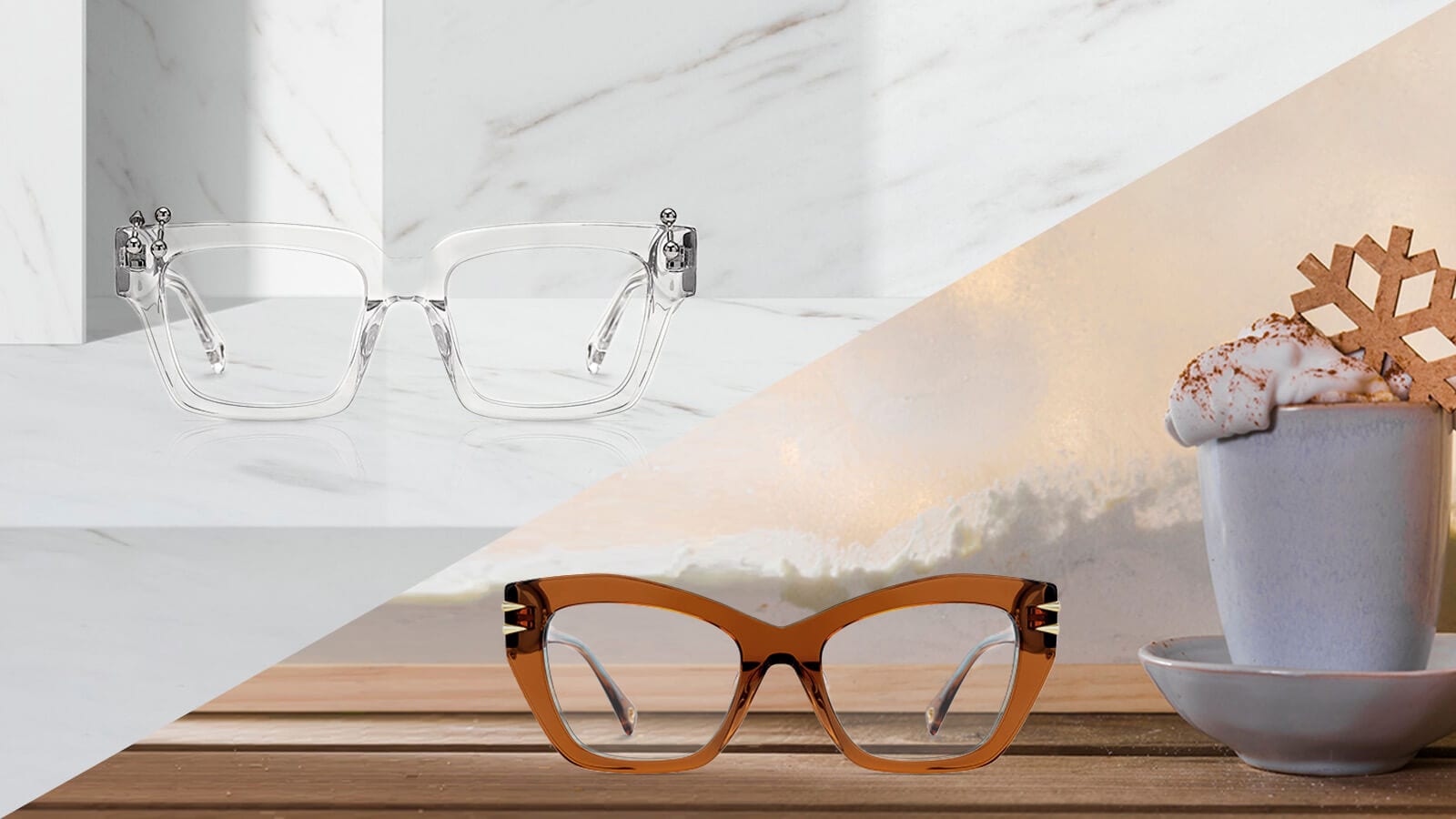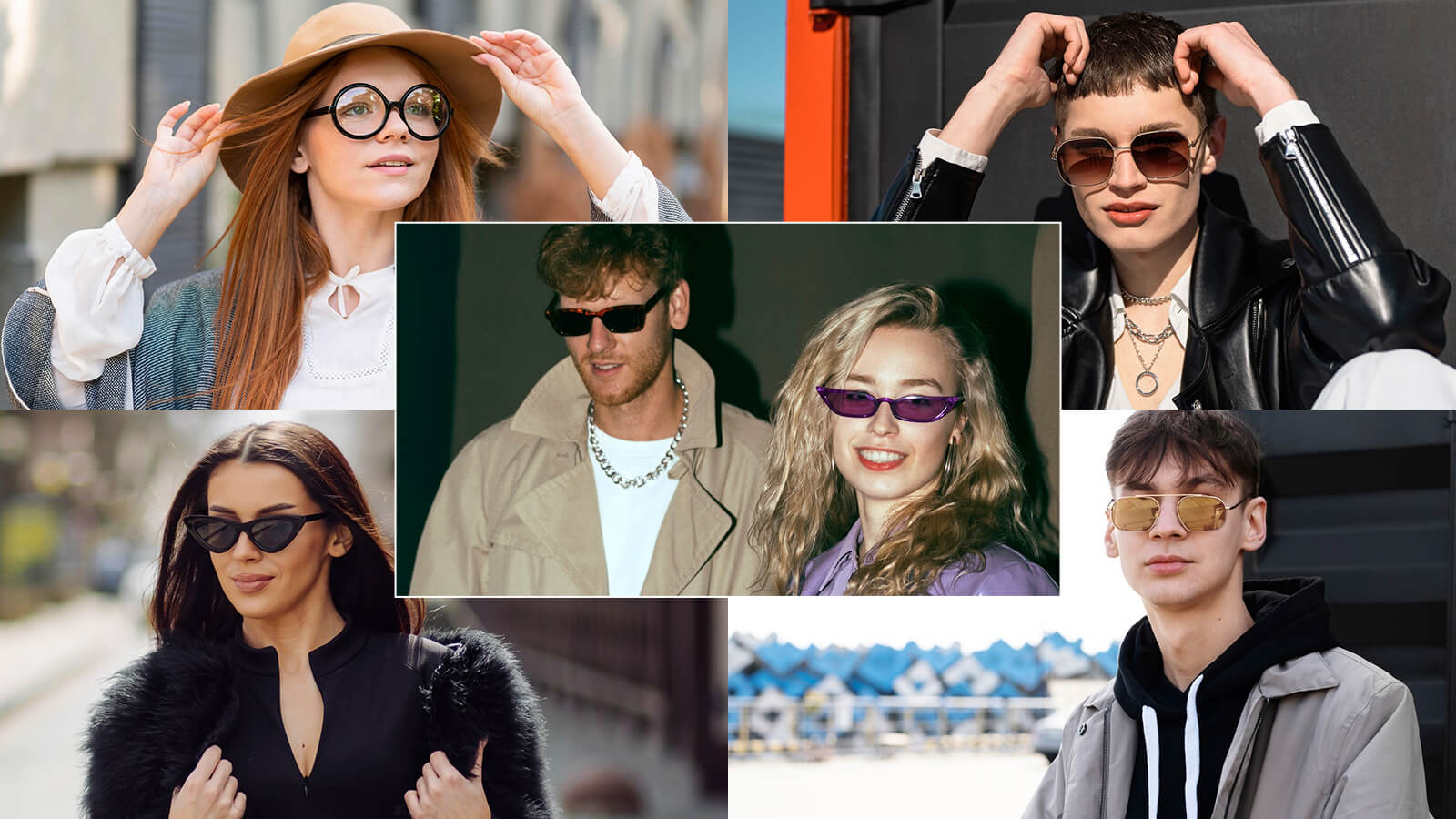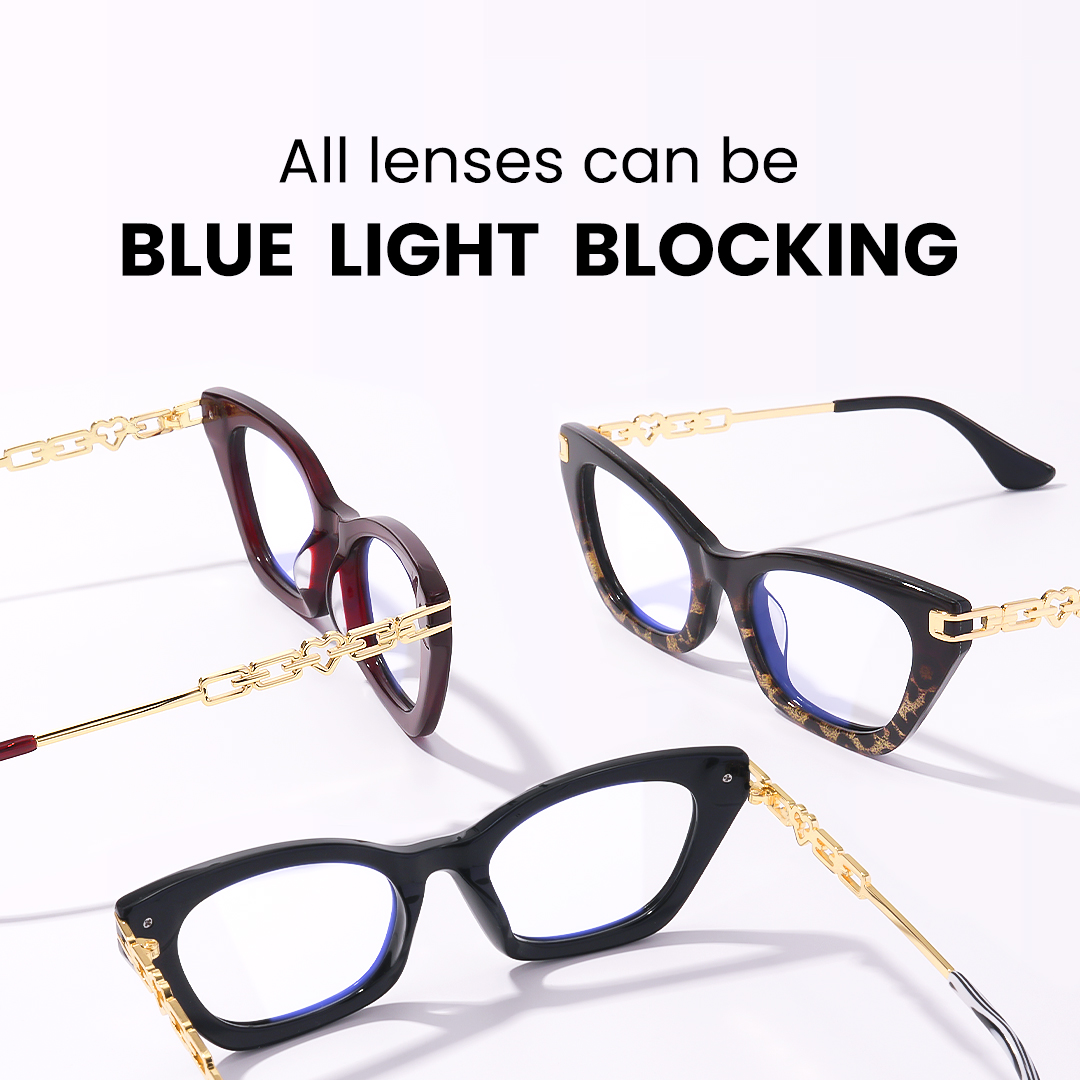
Guide to Picking Glasses That Suit Your Face Shape Perfectly
February 27,2023

What is Boho Style? A Comprehensive Guide to Boho-Chic Fashion
February 13,2025

Virtual Glasses Try On - Find Your Perfect Pair Online
April 02,2024

UV Protection Glasses VS. Blue Light Glasses - Vooglam
July 20,2023

Newest Style Modern Trendy Mens Glasses | Vooglam
March 01,2024

Stylish Reading Glasses: Blending Fashion with Functionality
February 16,2023

What are photochromic lenses & glasses?
September 22,2023

Brown Eyes: The Beauty of the Most Common Hue
September 01,2024

The chubby face glasses for round face female
August 02,2023

What are prisms in eyeglasses?
March 20,2023

What Are Bifocal Glasses? The Complete Guide (Types, History & Benefits)
April 14,2023

How to Read Your Eyeglass Prescription?
March 11,2023
Best Lenses for Glasses: How to Choose the Right Type for Your Vision and Lifestyle
The frame of your spectacles may catch your eye at first, but the lenses are what really make your vision what it is. Choosing the perfect lenses for your glasses is important for both comfort and clarity, whether you want to fix your vision problems or just look better. The finest lenses for your glasses depend on your specific prescription, how you live your life, and how much protection you require. This guide will help you choose the right lenses, materials, and coatings by showing you all the options.
Why Lens Type Matters as Much as the Frames
A lot of people who buy glasses spend a lot of time picking out the right frame for their face and style. But the lenses are what really matter. They decide how well you can see and how comfortable your glasses will be all day. The appropriate lenses can greatly improve how clearly you can see, how comfortable your glasses are, and how long they last. More significantly, you should choose lenses that fit your lifestyle and prescription needs. If you want to get the most out of your glasses, you need to know about the different types of lenses. This is true whether you're an athlete, a digital professional, or just someone who requires glasses to read.
Main Types of Prescription Lenses
Single Vision Lenses
Single-vision lenses are the most common type of eyeglass lenses. These lenses are designed to correct one field of vision—either for distance, reading, or computer use. If you only need a prescription for seeing things far away or for reading up close, single-vision lenses are a great option. They're particularly ideal for people with simple refractive errors like nearsightedness, farsightedness, or astigmatism.
The simplicity of single-vision lenses makes them a budget-friendly option, but they are also highly effective for those who don't need multifocal lenses. If your prescription is straightforward, single-vision lenses will provide you with sharp, clear vision.
Progressive Lenses
Progressive lenses are the best choice for people who need to fix their vision at different distances, like near, moderate, and far. These lenses are multifocal, but they don't have any visible lines, which makes them look better than regular bifocal or trifocal lenses. Progressive lenses let you smoothly switch between different focus lengths, which makes watching things more natural and pleasant.
People with presbyopia, a common age-related disorder that makes it hard for the eyes to focus on things close up, will find these to be quite helpful. You can see clearly with progressive lenses without having to change glasses all the time.
Bifocal/Trifocal Lenses
Some people still use bifocal and trifocal lenses, even though they are older and not as popular as they used to be. These lenses feature lines on them that separate distinct fields of vision. This makes it easier for people who wear them to focus on things that are at different distances. Bifocals have two focal points, one for distance and one for near vision. Trifocals have three focal points, one for distance, one for intermediate vision, and one for near vision.
Bifocals and trifocals still work for people who choose a more classic look or need a simple way to see at different distances, even though progressive lenses are newer and look nicer.
Lens Material Options: What Are They and Who Needs Them?
Choosing the right lens material is just as important as selecting the correct lens type. The material impacts the weight, durability, and optical quality of your glasses. Here’s a breakdown of the most common lens materials:
Polycarbonate Lenses
Polycarbonate lenses are known for being lightweight and highly impact-resistant, making them a top choice for children, active individuals, or anyone who needs glasses that can withstand rough conditions. They offer excellent protection from accidental drops or impacts, and their light weight makes them comfortable for all-day wear. In addition to their durability, polycarbonate lenses also provide built-in UV protection, which is beneficial for protecting your eyes from harmful rays.
These lenses are particularly suitable for those who need glasses for sports or outdoor activities.
High-Index Lenses
High-index lenses are comprised of a unique material that makes them thinner and lighter than regular lenses. This is quite helpful for people with strong prescriptions since it makes the lenses thinner and lighter. High-index lenses are made to be more comfortable and look better because they don't have the thick, bulky look that strong prescriptions usually have.
High-index lenses can give you a more refined, lightweight choice if you have a strong prescription and don't want heavy, thick lenses.
Trivex Lenses
Trivex lenses are light like polycarbonate lenses, but they also have better optical clarity. They are also quite resistant to impact, which makes them a great alternative for anyone who are active or need robust but light lenses. Trivex is superior than polycarbonate when it comes to optical clarity, which is very crucial for people who need their vision to be as crisp as possible.
People who need both strong and high-quality optics generally choose these lenses.
Standard Plastic Lenses (CR-39)
CR-39, or standard plastic lenses, are the most common and economical lens material. They are lighter than glass lenses and offer a good balance of optical quality and affordability. CR-39 lenses are ideal for people with low prescriptions who don’t require the added benefits of high-index or polycarbonate lenses.
If you have a mild prescription and are on a budget, CR-39 lenses are a practical and cost-effective option.
Lens Enhancements and Coatings
In addition to choosing the right lens material and type, you can further enhance your lenses with coatings and treatments that improve their functionality and performance. Here are some standard lens enhancements:
Anti-Reflective Coating
One of the most common lens treatments is anti-reflective (AR) coating. It cuts down on glare from things like headlights, computer screens, and overhead lights, which can be hard on your eyes. This coating also makes your eyesight clearer in general, especially at night or in low light. AR coating makes your lenses look better by getting rid of reflections, which makes them almost undetectable.
Blue Light Blocking Coating
A lot of us spend a lot of time in front of screens, which give off blue light that can make our eyes tired and strain them. People who spend a lot of time on computers, tablets, or smartphones should get blue light-blocking coatings because they block damaging blue light and ease digital eye strain.
Photochromic/Transition Lenses
Photochromic lenses, also known as transition lenses, darken in response to sunlight and clear up when indoors. These lenses are beneficial for those who frequently move between indoor and outdoor environments, as they protect from UV rays while eliminating the need to switch between regular glasses and sunglasses.
UV Protection Coating
UV protection is essential for safeguarding your eyes from the harmful effects of ultraviolet rays. Many modern lenses come with built-in UV protection, which can help prevent eye damage and conditions like cataracts. UV protection coatings are crucial for those who spend a lot of time outdoors or in bright environments.
Scratch-Resistant Coating
A scratch-resistant coating helps protect your lenses from everyday wear and tear. Whether you’re cleaning your glasses or simply wearing them throughout the day, this coating ensures that your lenses remain in good condition for longer, preserving both their clarity and durability.
How to Choose the Best Lens for Your Needs
Choosing the right lens for your glasses depends on several factors, including your prescription, lifestyle, and personal preferences.
● Based on Prescription Strength: If you have a simple prescription, single-vision lenses may be all you need. For those with more complex prescriptions, progressive or bifocal lenses may be necessary.
● Based on Lifestyle: Consider how you use your glasses. For office work or computer use, blue light-blocking lenses can help reduce eye strain. For outdoor activities, polycarbonate or Trivex lenses might be more suitable due to their impact resistance.
● Based on Frame Size and Material Compatibility: Ensure that your chosen lens material is compatible with your frame style and size. For smaller frames, high-index lenses are a great option, as they're thinner and lighter.
Cost vs. Value: What’s Worth Paying For?
You get what you pay for when it comes to glasses. People who wear glasses a lot can get a lot of long-term benefits from premium lenses with coatings like anti-reflective treatment or blue light filtering. In some cases, though, inexpensive lenses can be a good choice, as for a backup pair or for kids' glasses, when durability and function are important.
In the end, you need to think about how the benefits of premium glasses compare to your demands and budget.
Conclusion: Don’t Overlook the Lens—It Shapes Your Entire Experience
The frames may get your attention, but the lens is what really changes how you see things. The appropriate lenses can make you more comfortable and help your eyes stay healthy, whether you need clear vision for reading, watching TV from far away, or working on a computer. Talk to an optician to select the ideal lenses for you, and remember that good lenses can make a big difference in how you live your life.

Vooglam Blog
Vooglam blog shares professional knowledge about eyeglass frames, lenses, etc., and provides help when purchasing and using eyewear products. At the same time, Vooglam focuses on fashion glasses to interpret the trend of glasses for you.

From Mocha Mousse to Cloud Dancer: The "Soft Power" Palette of 2025-2026
The fashion world is currently taking a deep breath. After years of neon dopamine dressing and chaotic prints, the collective mood is shifting toward something quieter, yet infinitely more powerful. W
December 26,2025
The Science of Polarized Lenses: How They Improve Clarity and Safety in Snowy Conditions
If you've ever been out on a sunny day in the snow, chances are you know all about snow glare. That painful, sometimes blinding reflection off the bright white of snow isn't just annoying; it can be e
November 26,2025
Don't Spook Your Style: 6 Iconic Halloween Costumes with Glasses
Halloween isn't just about jumping into someone else's skin for a night—it's about finding pieces of yourself you didn't know existed. For those of us who wear glasses daily, the question isn't whethe
October 16,2025
How to Fix a Metal Glasses Arm Hinge: A Step-by-Step Repair Guide
Why Hinge Repairs Are Common—and FixableIf you wear glasses daily, chances are you've dealt with issues related to the hinges on your metal frames. It's one of the most common weak points, and over ti
July 07,2025











